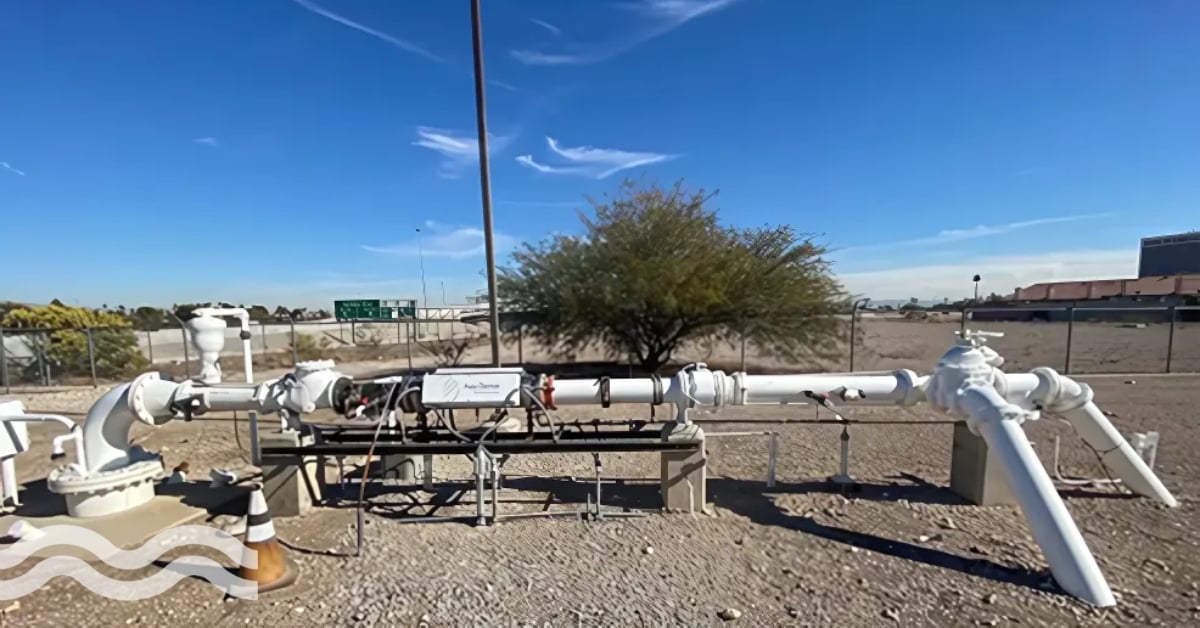Groundwater sources face 3 major threats, finds new report
Groundwater sources continue to face many threats from the effects of agricultural intensification, urbanisation and population growth.
When carrying out a global groundwater quality assessment, three major threats include anthropogenic contaminants, naturally occurring contaminants and climate change.
This is according to a new report entitled: Assessing Groundwater Quality: A Global Perspective. It looks at the importance of groundwater quality for human development and our ecosystem, while providing a global summary of the current information.
As well as the threats to groundwater monitoring, the report provides insight into the challenges of providing a global overview and outlines a Work Plan to develop a global groundwater quality assessment network.
Produced by the International Groundwater Resource Assessment Centre (IGRAC) together with the Friends of Groundwater (FoG), it was curated by 30 global groundwater experts, representing 20 institutions and organisations.
It is part of the WWQA and United Nations Environment Programme (UNEP) plan towards a future global assessment of groundwater quality.
Threats to groundwater quality
Current groundwater abstraction represents 26 per cent of total freshwater withdrawal globally, to supply almost half of all drinking water and 43 per cent of the consumptive use in irrigation.
"Groundwater is an essential global resource and provides the largest store of freshwater, apart from the ice caps," states the paper in its executive summary.
The paper identifies the key groups of anthropogenic contaminants and groundwater contamination that is worsened by anthropogenic activities.
These include salinity, nitrate pollution, microbiological contamination manufactured contaminants, pesticides, non-aqueous phase liquids, and organic contaminants of emerging concern.
Arsenic and fluoride were noted as two of the most notably geogenic contaminants. However, iron, manganese, chromium and radionuclides such as uranium, radium and radon can also be present and pose a serious risk.
The effects of climate change need to be considered when taking a groundwater quality assessment as rising sea levels have a significant impact on coastal groundwater resources via coastal flooding and accelerated seawater intrusion.
The challenges of a global assessment
The study poses the methodical challenges of carrying out a global groundwater quality assessment and asks the question: what are the main parameters that should be monitored when carrying out this assessment?
Whether the focus should be on arsenic and fluoride or nitrate pollution and microbiological contamination - the focus should be on ensuring the data is as accurate as possible, said the report authors.
“Many pollution sources are localised, meaning that pollution impacts on wells are often site-specific, making regional upscaling of results difficult.”
The study cites the work of the GEMS/Water project in contribution to the UN-Water Integrated Monitoring Initiative, which focused on SDG 6.3.2: ambient water quality. A similar approach focusing on an SDG could be applied here.
Furthermore, many pollution sources are localised, meaning that pollution impacts on wells are often site-specific, making regional upscaling of results difficult.
There are ways around this, for example, the Swiss Federal Institute of Aquatic Science and Technology (EAWAG) proposed a machine-learning approach to better upscale more accurate results.
The third and fourth dimensions
Relating to 3-D nature and time respectively, the third and fourth dimensions need to be considered when carrying out an assessment.
The 3-D nature refers to groundwater systems that are often highly heterogeneous - meaning that samples from wells in close proximity may produce different results.
The construction of wells can impact the groundwater quality data. For example, two wells of identical depth may produce 23 contrasting groundwater quality results, if one of them is constructed with a grouted upper well casing and the other is not.
The fourth dimension, time, refers to the potentially long transport times involved in groundwater flow systems.
Unlike rivers where sampling for water quality can be taken downstream, sampling from groundwater normally requires the use of boreholes - although designed for monitoring water levels can be used for measuring water quality.
Boreholes must be sited carefully and be constructed to permit the collection of water samples at the required depth intervals. Field personnel need to be trained to a high level to ensure to obtain representational samples. If not, then the results of the assessment will be invalid, according to the IGRAC.
The Work Plan
One of the main features of the paper is the Work Plan presented by FoG. The plan outlines long and short-term goals that they hope to achieve, with the following main points:
- Developing a global groundwater quality assessment portal
- Building a global groundwater network
- A systematic overview of groundwater monitoring programmes at the national level
- Contributing to a World Water Development Report 2022 and the World Water Quality Assessment (currently under preparation by UNEP with partners for the 6th Session of the United Nations Environment Assembly)
- Assistance to national GW assessment programmes
- Upscaling and regionalisation of local assessments.
The full paper can be read here.
Related content
- Water Scarcity: Our essential guide to humanity’s mega challenge
- Anna Poberezhna: Water risk is a business risk – it’s time to rethink
Share your water technology stories with us
Do you have an innovation, research results or an other interesting topic you would like to share with the international water technology industry? The Aquatech website and social media channels are a great platform to showcase your stories!
Please contact our Sr Brand Marketing Manager Annelie Koomen.
Are you an Aquatech exhibitor?
Make sure you add your latest press releases to your Company Profile in the Exhibitor Portal for free exposure.
We promise never to send you spam and you can unsubscribe at any time!



